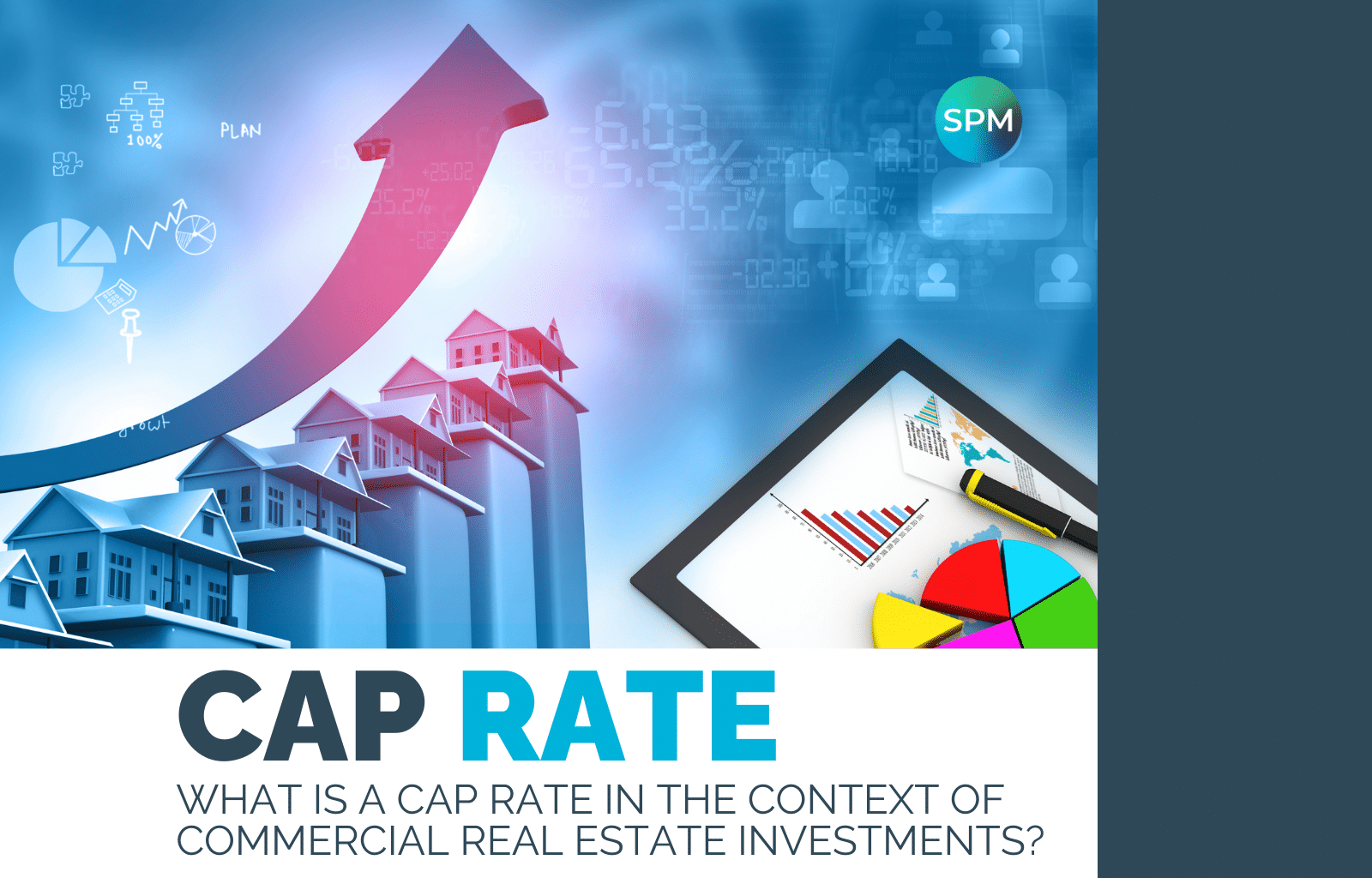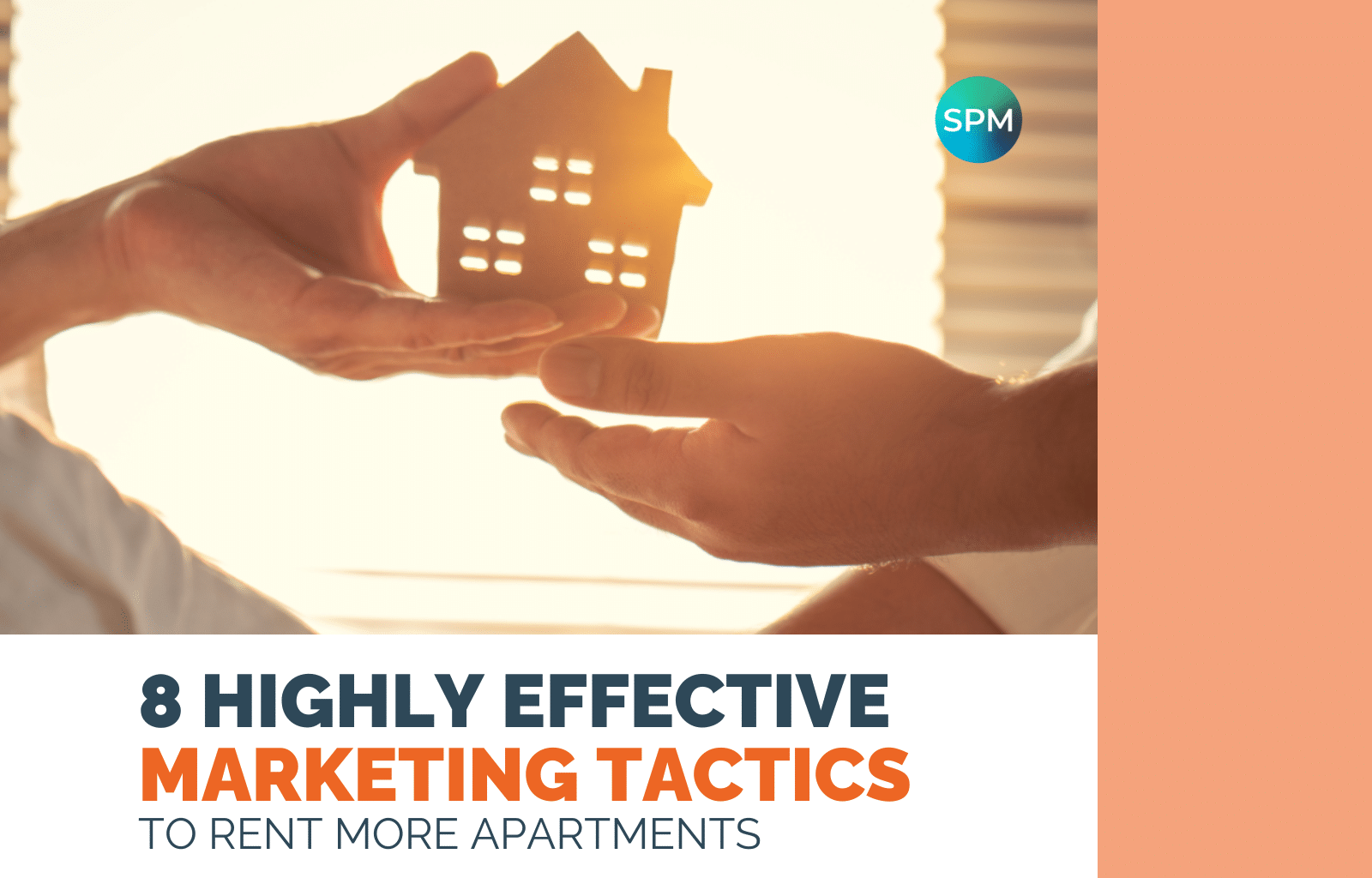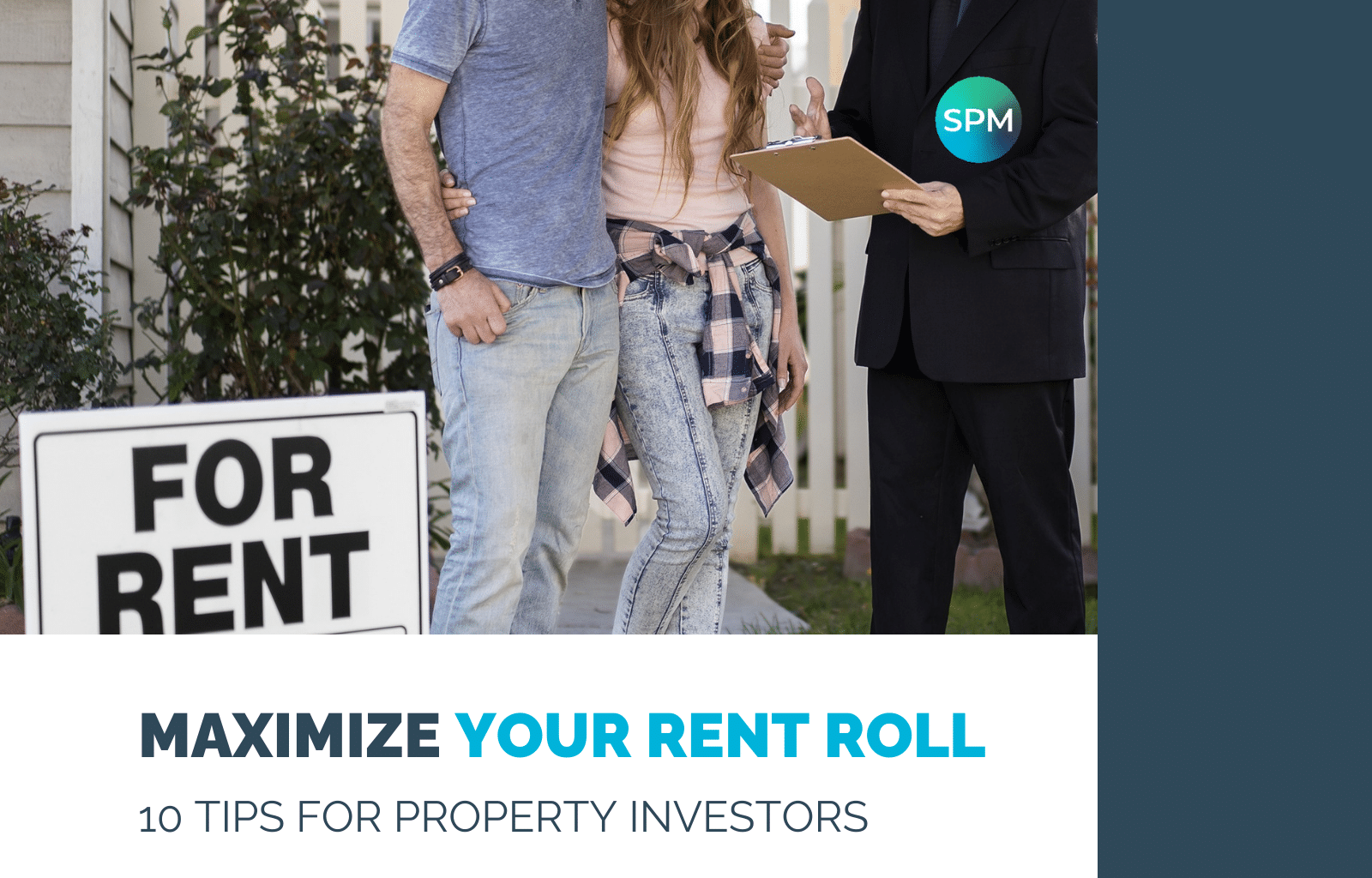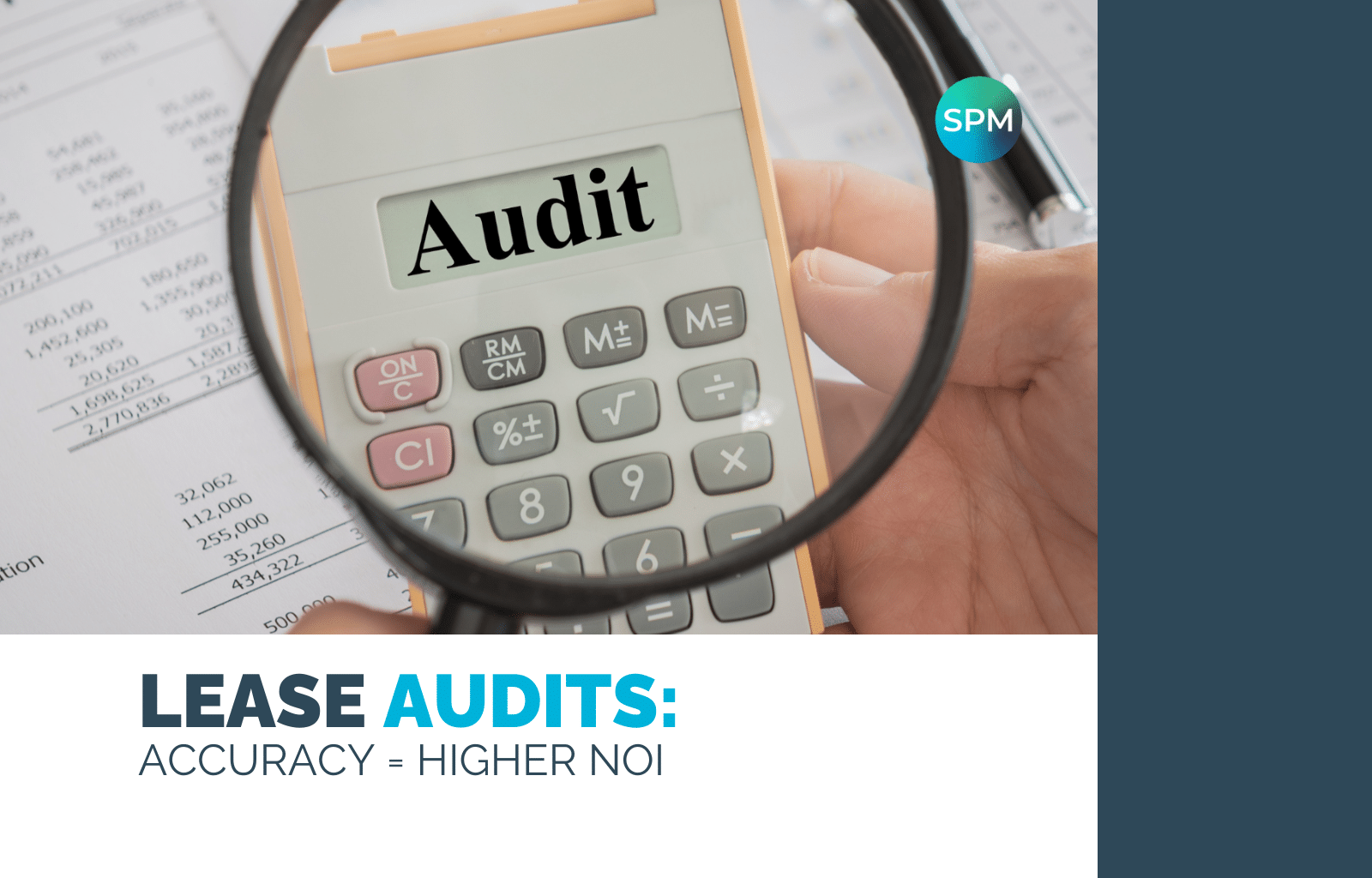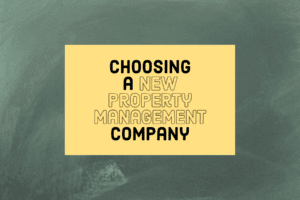Cap Rate
How do you know your initial expected rate of return for your commercial real estate investment? Informed commercial real estate investors measure this by determining their investment’s anticipated capitalization rate “cap rate” before investing.
The importance of a cap rate should not be discounted. The higher the cap rate, the higher the return on investment. In this article, we will explain the ins and outs of a cap rate.
What is a Cap Rate in Real Estate?
Capitalization rate (cap rate) is a form of measuring the initial annual rate of return for a commercial real estate investment. It is a subjective determination so one investor’s anticipation of initial cap rate can be different than another investor’s.
For example, let’s say you’re considering two properties – Property A and Property B. Property A has a cap rate of 5%, while Property B has a cap rate of 10%. This means that for every dollar you invest in Property A, you expect a 5% return in year 1 but for every dollar you invest in Property B, you expect a 10% return in year 1.
How are Capitalization Rates (cap rate) Calculated in Real Estate Investing?
In real estate investing, the cap rate is the expected annual rate of return on investment (ROI) in year 1 assuming you paid all cash for a property. The cap rate is calculated by dividing the projected net operating income for year 1 of any investment by your purchase price.
Cap rate real estate formula is Cap rate = Net Operating Income/Purchase Price
The net operating income is estimated by taking the gross collected annual income minus all operating expenses and some estimated amount for capital reserves.
What are Some Considerations to Keep in Mind When Calculating a Cap Rate?
At Summerfield Property Management we only manage apartment communities or mixed-used communities where the predominant tenant type is residential. In that vein, the rest of our examination will be in terms of multifamily real estate. When estimating a cap rate, many factors play a role in its determination. Let’s take a look at some of them:
Location
You have to estimate how much income a property can generate per month and per year to estimate a cap rate. Location plays a significant role in determining potential returns. When determining the subject property’s gross potential rent you will look at other similar properties in the area to determine what you think the apartment units are worth.
Major Expenses
A cap rate is calculated using the Net Operating Income (NOI) and to calculate NOI you must estimate the operating cost to run the property. The 3 largest expenses at any apartment community are property taxes, labor, and insurance. Beyond these, you have administrative, marketing, maintenance, turnover, professional fees, software, and other lesser costs. You have to estimate what each of these will cost to come to some total estimate for expense.
Financing/Debt
The cost of financing, i.e., your monthly mortgage payment, is not considered in calculating your NOI, but it plays a major role in what cap rate investors are willing to accept. Cap rates tend to run in congruence with the cost of debt. If interest rates rise, the cap rate investors will accept rises and if interest rates fall, the cap rate investors will accept falls.
What is a Good Cap Rate?
This depends on many factors, most of all where is the property located and on average what cap rate is acceptable to other investors. The lower the cap rate an investor is willing to accept, the higher the price they are willing to pay.
For a property listed for sale, if you are not willing to accept the lowest cap rate out of all interested investors, you are not likely to be awarded the right to purchase the property by the Seller.
Informed investors have their pulse on at what cap rate A, B, C, and D class assets are trading in various markets. They gravitate towards buying in markets where the cap rate at which properties are trading is acceptable to them. What is a good cap rate? A good cap rate is whatever an investor feels is good.
Historically, cap rates have been anywhere from 3% to 15% depending on the asset class and the market it is located in.
Find the Best Investment Opportunity.
Apart from getting a rough idea about future returns, the cap rate enables investors to compare different real estate properties and calculate which property will yield the best profit or outcome for their investment purpose.
Investment Risks
The average market cap rate indicates how the overall investment community feels about the quality and prospect of an asset over time. The higher the average market cap rate, the less they feel the location is going to grow and improve over time. The lower the average market cap rate, the better they feel about the location’s prospects over time.
Cap Rate Conclusion
Successful investing starts with making the right decisions as to where and in what to invest. Once this is done, property management over time needs to be on point to lead to the hoped-for results. At Summerfield Property Management, we feel like we offer the best-in-class service for the right investors. Call us today for a free consultation!
Cap Rate FAQs
Q. What is a good cap rate?
A: Informed investors have their pulse on at what cap rate A, B, C, and D class assets are trading in various markets. They gravitate towards buying in markets where the cap rate at which properties are trading is acceptable to them. What is a good cap rate? A good cap rate is whatever an investor feels is good.
Q. What causes a cap rate to rise for a specific investment?
A: When market factors negatively affect an investor’s outlook for the investment opportunity in the future.
Q. What single thing has the greatest impact on a cap rate?
A: Mortgage interest rates are the only thing that has a great impact on a cap rate.

